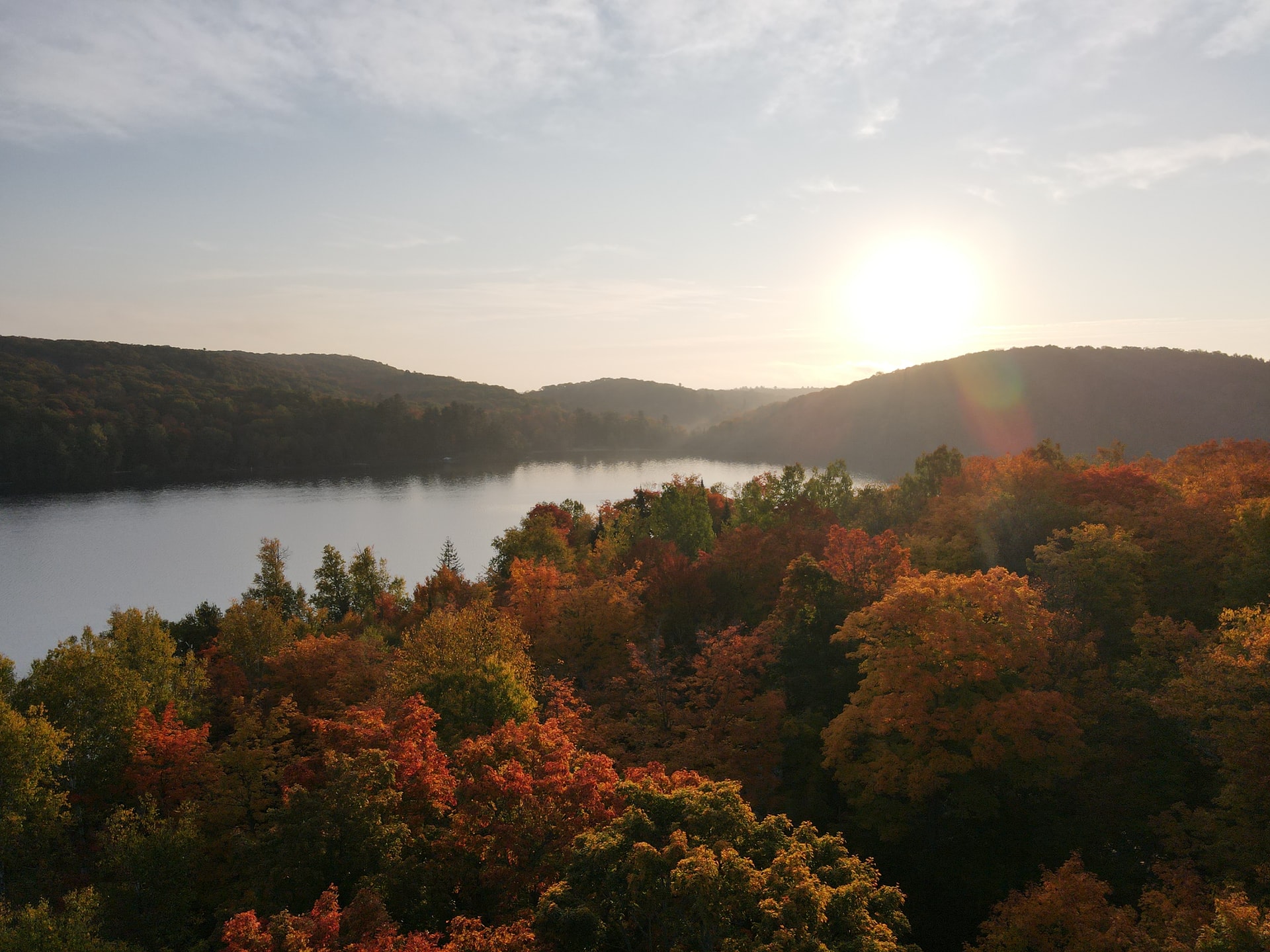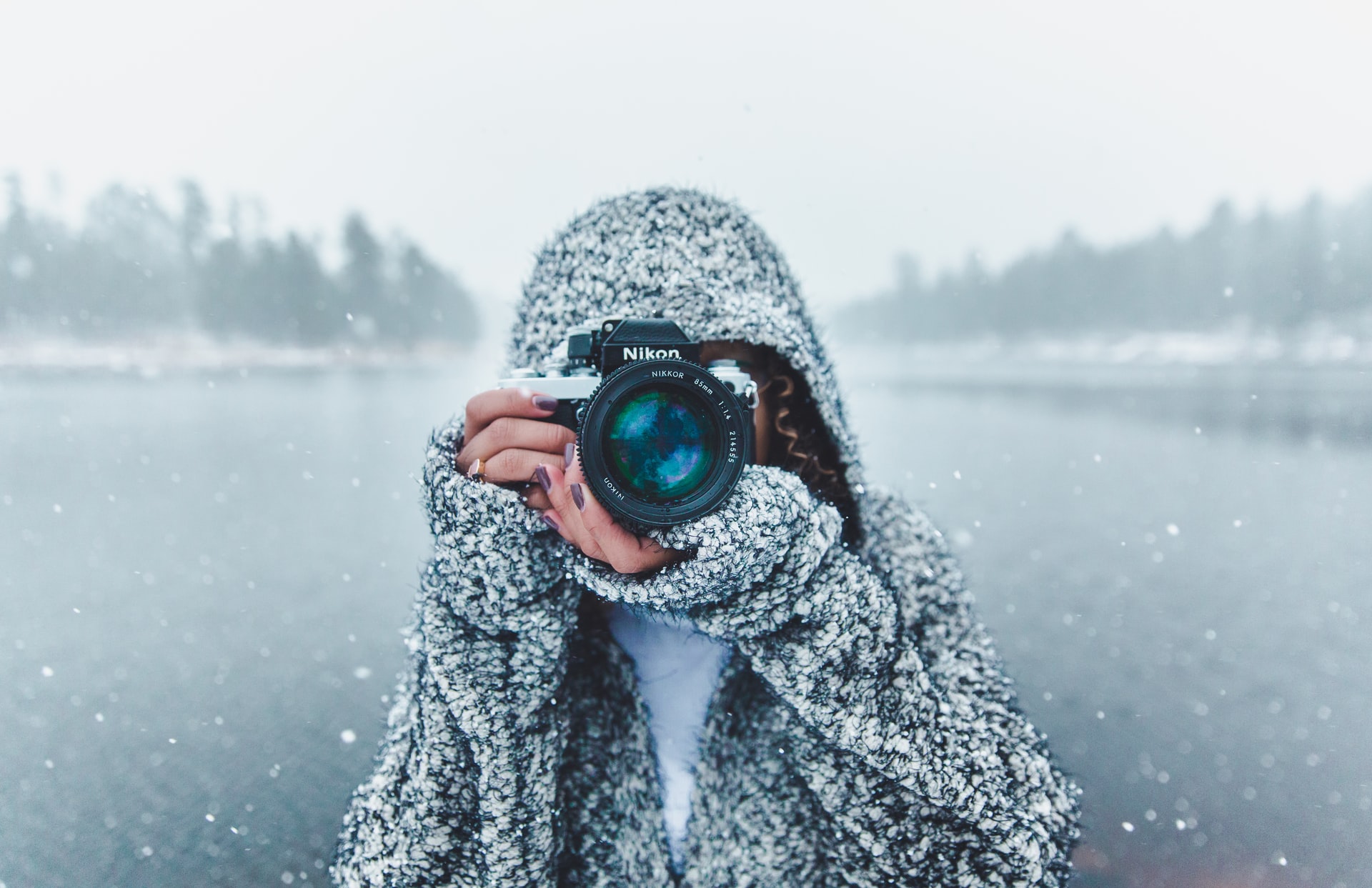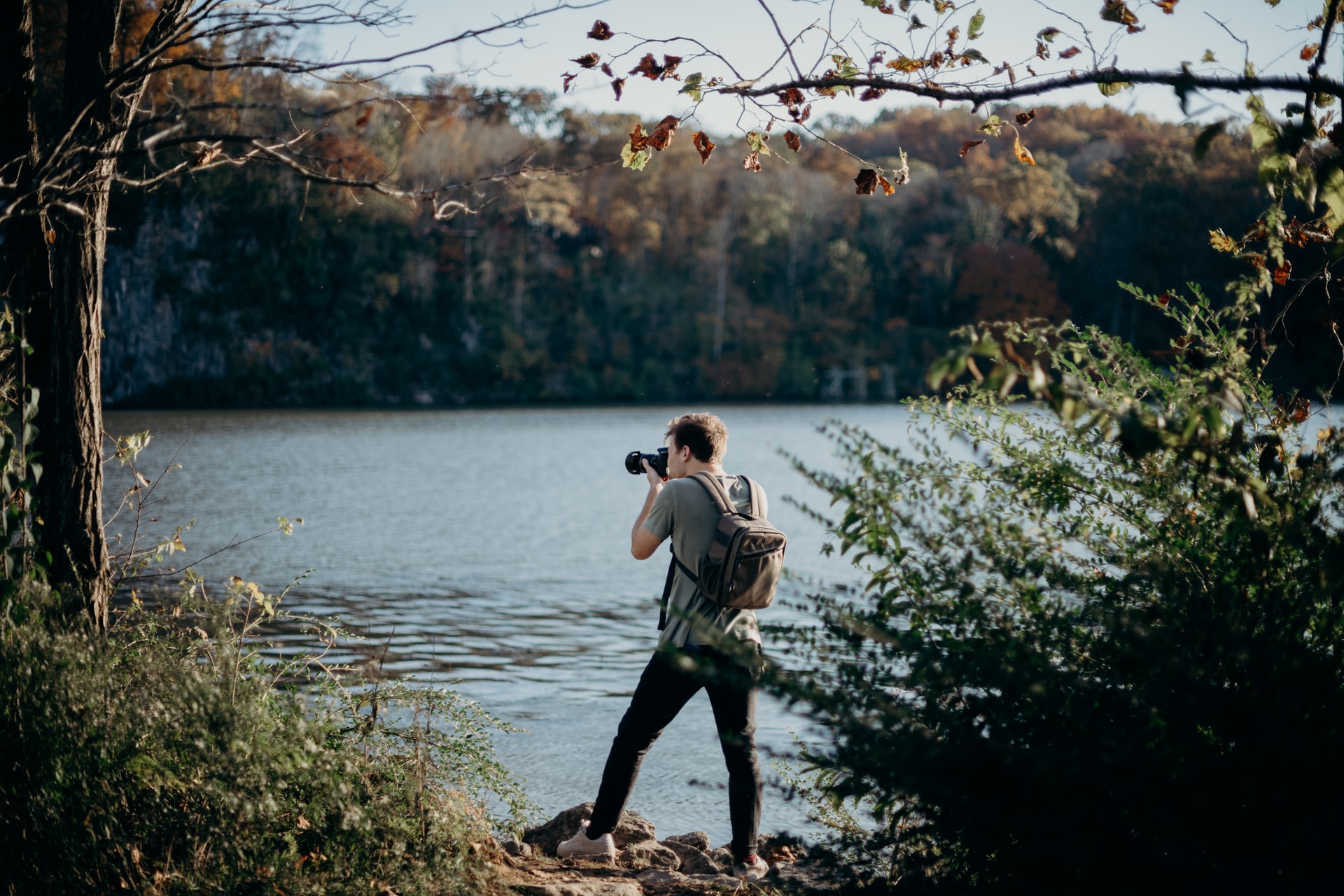This entry was posted on January 28, 2022.

The shifting of seasons dramatically changes the world around us. One month, the world is shimmering with red and gold leaves. Next, it’s frosted and surrounded in mist, until the bright rays of Spring punch a hole through the clouds and bathe us all in a warming glow. The wheel is always turning, as they say.
Knowing how to capture these changes is an excellent way to up your photography game. Which is why this article covers the best tips for teaching you just that!
Here are the essentials of how to photograph the changing seasons:
- Do your research and prepare accordingly.
- Shoot locations in different seasons.
- Brave the weather.
- Capture seasonal colours.
- Take pictures during the “golden hour.”
- Tackle new challenges.
- Have fun and stay creative.
1. Do Your Research and Prepare Accordingly
Any professional photographer will tell you that planning is vital—especially when dealing with the inclement weather of the changing seasons.
So, before you head out, do some research!
Firstly, see if there are any majestic subjects nearby, like mountains or lakes.
Often, such natural landmarks are excellent for capturing the change of seasons. A river can be frozen and desolate in the winter. But in the summer, that same place might be full of colour and life.
Also, see what other photographers have to say about locations on places like Reddit or photography blogs. You might learn about a hidden spot with some great shots!
Finally, check out what the weather will be like.
For example: if it’s snowing, that’ll make for some excellent opportunities. Just make sure you dress accordingly for the elements.
2. Shoot Locations in Different Seasons
We all have our favourite place to relax and get some shots.
Maybe yours is a pond behind your home. Or a beach just a short drive away.
When you’re there, notice how the landscape shifts throughout the year. Even a simple object like a tree can change dramatically from season to season. This is where slowing down and paying close attention to the little things in life can make a world of difference in the shots you spot.
Try capturing the same outdoor subject over the course of a year.
It can be anything from a serene scenic masterpiece to a simple birdhouse in your backyard. You might be surprised how different something familiar can look when the seasons shift.

3. Brave the Weather
Don’t be afraid of getting wet!
The weather can drastically change how a place looks, whether that’s snow transforming a town, or rain making moss and plants sparkle vibrantly.
Try braving the elements to see what kind of photos you get. Dreary weather isn’t fun to be in, but it does make for fantastic photo opportunities.
Snow especially is fun to play around with when shooting. Adjusting to the proper focus can create dazzling effects where distant snowflakes look fuzzy and dream-like. Perfect for those winter family photos or macro shots of nature or winter wildlife.
Still, make sure you’re staying safe out there.
If there’s lots of thunder and lightning, make sure you’re shooting somewhere safe. Don’t stand under trees or other tall objects unless they’re enclosed (like a building).
And for extremes like blizzards, pack plenty of layers and don’t go too far off the beaten trails.
4. Capture Seasonal Colours
Focusing on colour is an excellent way to capture a season’s spirit. After all, changes in the weather and plants coincide with a shift in seasons.
So next time you’re out shooting, look for striking hues.
In the winter, you might focus on the white of fresh snowfall, or the crystalline sheen of frost. Or how vibrant flowers and berries look even more beautiful, surrounded by juxtaposing paleness.
In contrast, changing leaves make for a charming autumn subject. The myriad of warm reds and oranges are something you can only shoot during that time of year.
5. Take Pictures During the “Golden Hour”
The “golden hour” is a photographer’s favourite time of day.
Also called the “magic hour,” it’s when the sun is just setting or rising. And it’s the best time to take pictures for a few reasons.
Here’s why:
- The sunlight during the magic hour is a soft, red, and gold colour. It’s the perfect palette for adding a sense of joy or romance to photos. In contrast, sunlight has white and blue hues for most of the day.
- The angle of light is perfect for photos. Usually, sunlight comes from directly above and can cast unflattering shadows. But during the golden hour, light instead comes from the side much like a makeup light.
- Many places will be less crowded at that time. It varies by location, but some outdoor places are less crowded in the early morning and late afternoon.
Together, all these aspects are sure to make your photos look more magical. Particularly when combined with seasonal subjects, like autumn leaves.

6. Tackle New Challenges
There is no lack of challenges to tackle when it comes to photography.
Oftentimes, the most impressive effects are hard to pull off. And the best photo spots can be difficult to reach. Especially if you’re braving the elements during winter.
So, if you want to get the most out of your shoot, push yourself!
Overcoming barriers and learning new skills is a sure way to beef up your photography game. Not to mention it’ll give you confidence, which shows in your pictures.
Don’t shy away from trying that rugged trail. Don’t give up on that new technique because your first few attempts didn’t look right.
Photography, like all things, requires patience. If you stick with it, the quality of your photos will only improve.
7. Have Fun and Stay Creative
Finally, and most importantly, have fun and think outside the box!
One of the great things about photography is that your imagination is the only limit. If you can think of it, you can probably photograph it.
Try experimenting with the topics we went over in this list to see what you get.
Maybe you can return to the same lake in different seasons to see how it changes. Or, try capturing a place that people are used to seeing only in one season. Like a beach in the winter or a ski resort in the middle of summer.
Either way, don’t let photography become a chore. You’ll find the best shots come when you’re relaxed and enjoying yourself.






